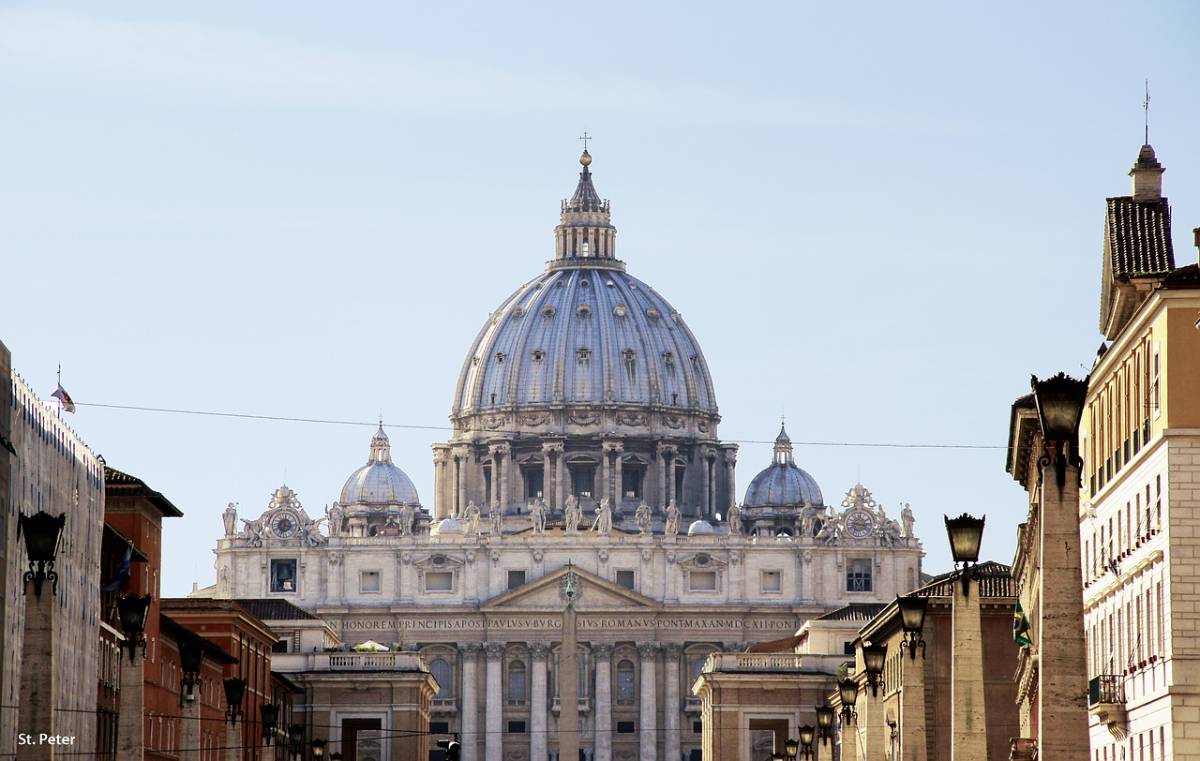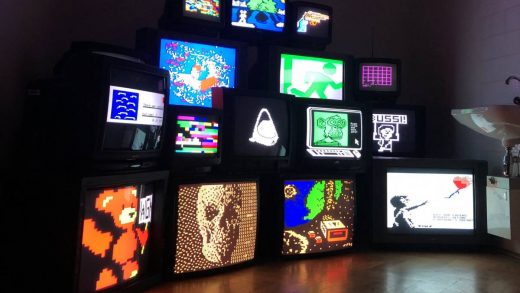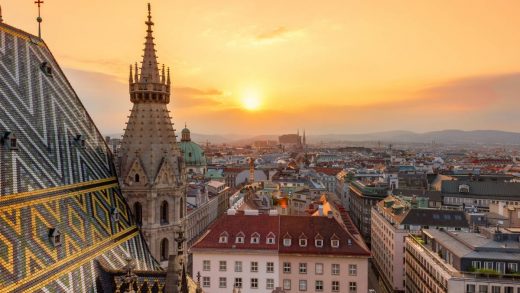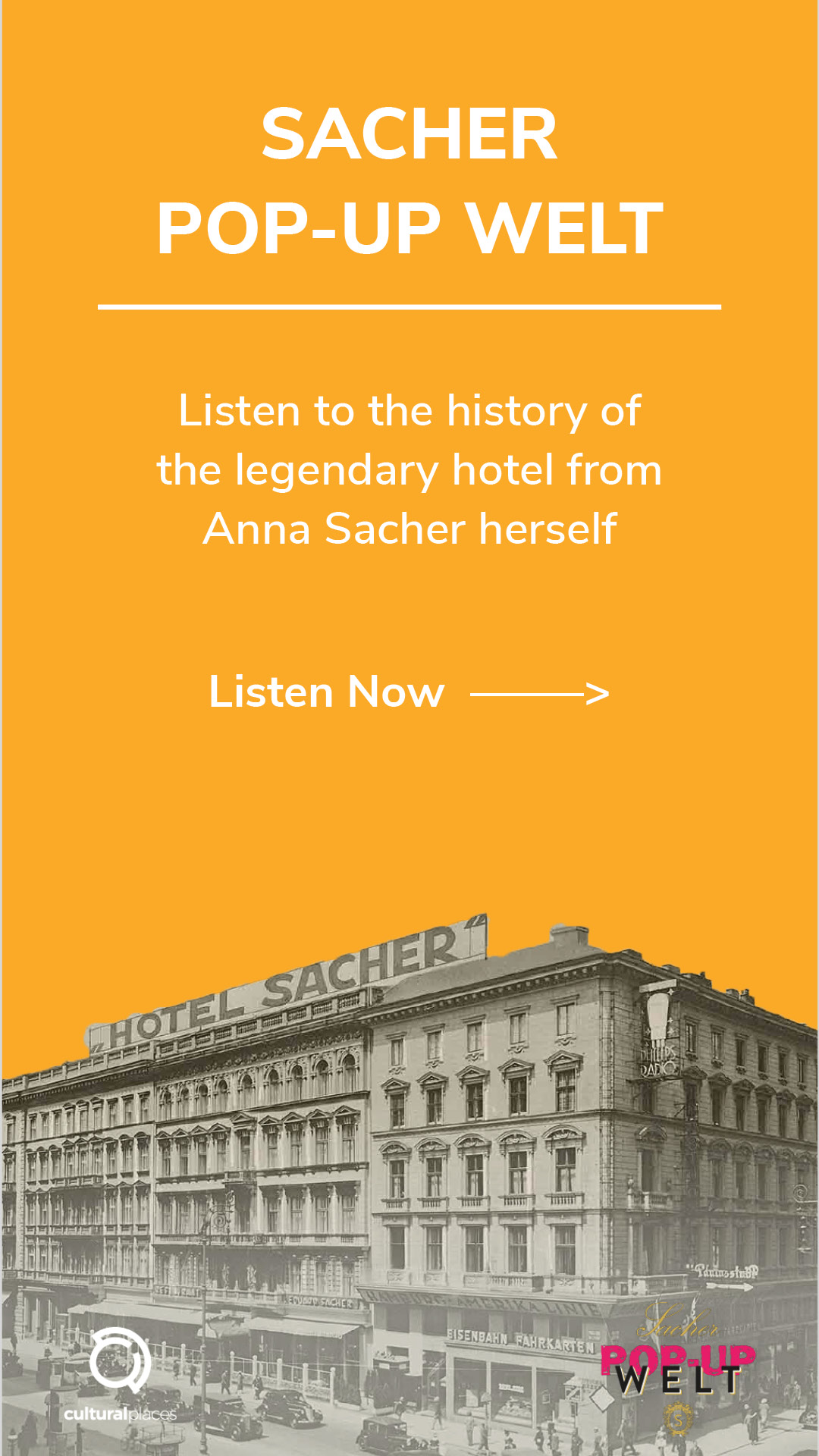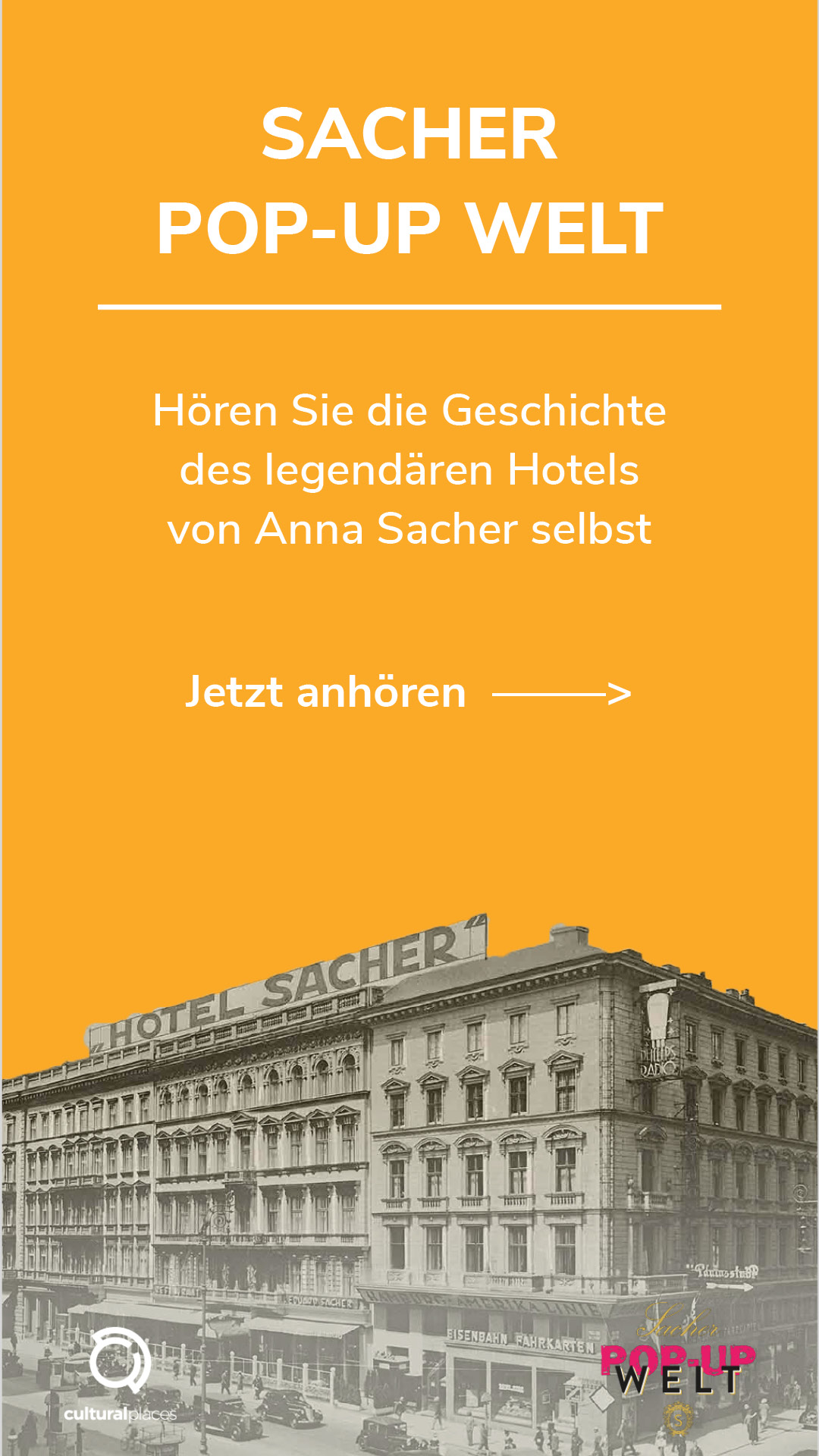Unique Buildings in Europe (PART TWO)
Not so long ago we published a list of 10 most unique buildings in Europe. There are so many unusual and extraordinary architectural wonders across the old continent, and it’s impossible to list all of them in one post. We’ve prepared a second part of that blog post for you, so keep reading and enjoy.
Harpa Concert Hall, Reykjavík, Iceland
Harpa is a concert hall and conference center located in the capital of Iceland — Reykjavik, and it’s one of the most popular landmarks of the city. It was designed by the Danish firm Henning Larsen Architects in co-operation with Danish-Icelandic artist Olafur Eliasson. The façade of this unique concert hall consists of a steel framework clad with geometric shaped glass panels of different colors. The glass uniquely deploys the light and plays with your senses once you enter the building. It looks especially wonderful during the night time when it’s lit with different colors.
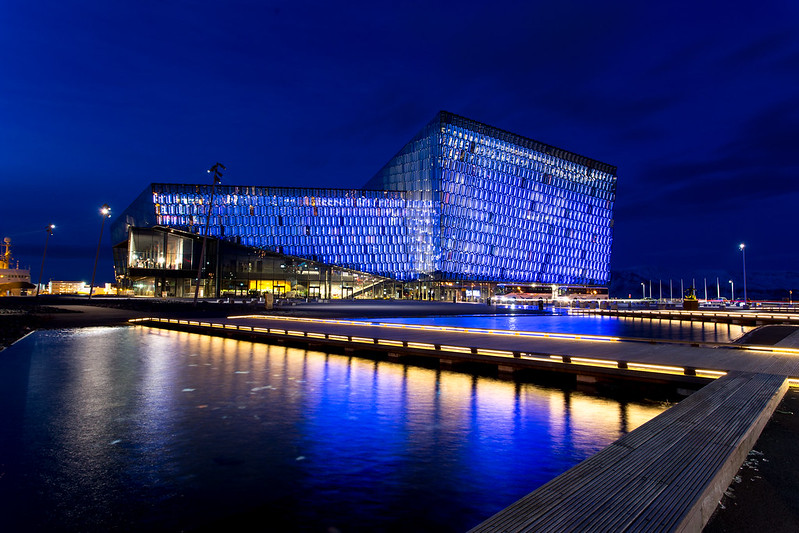
Harpa Concert Hall in Reykjavik
(cc) David Phan / CC BY 2.0
Atomium, Brussels, Belgium
Futuristic Atomium is one of the main attractions in Brussels, the capital of Belgium. This landmark building that represents a molecule’s nine atoms was built in 1958 for the Brussels World Fair. It was the time when everyone was super-excited about the structure of atoms — that’s the reason for this design. This futuristic structure consists of 18 huge stainless steel balls connected to form the shape of an iron crystal. Some of those spheres are housing exhibition halls, including one that looks at the history of the building itself. The highest sphere houses a restaurant with the best view of this gorgeous city.

Futuristic Atomium — Brussels’ landmark
Sagrada Familia, Barcelona, Spain
Sagrada Familia is an amazing religious building in Barcelona. It still stands unfinished, but it doesn’t make it any less popular or less spectacular architectural landmark. This great church is designed by famous Catalan architect Antonio Gaudí and it is his masterpiece. It has been in construction for the last 133 years, and it is supposed to be finished in 2026. This marvelous building is designed in the Art Nouveau style with revivalist Neo-Gothic elements.
Want to learn more about this Art Nouveau masterpiece? Check out the blog post on the following link: “La Sagrada Familia: 10 Interesting Facts about Gaudí’s Masterpiece”
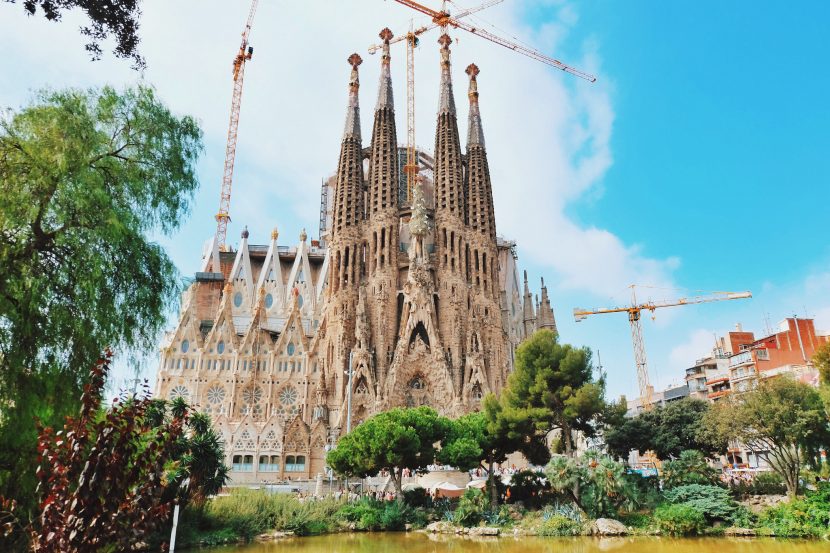
Sagrada Familia – the Church of the Holy Family
© amelia soo / CC BY-SA 2.0
Casa Milà, Barcelona, Spain
Casa Milà, popularly known as La Pedrera (English: the stone quarry) is another Gaudí’s Art Nouveau masterpiece. Just like all famous Gaudí’s buildings, this gorgeous one also lacks any straight lines and it’s made of natural stone, with gorgeous black iron fencing on its balconies. Its roof is covered in broken white tiles — it’s a technique that Gaudí used a lot.
If you’re interested in Art Nouveau architecture, check out our previous blog post: “Everything You Need to Know about Art Nouveau in Europe”

Casa Milà, popularly known as La Pedrera (English: the stone quarry)
Confluence Museum, Lyon, France
The Confluence Museum or Musée des Confluences is a science center and anthropology museum opened in 2014 in Lyon, France. The Museum is located on the confluence of Lyon’s two rivers Rhône and Saône. The deconstructivist architectural design which resembles a floating crystal cloud of stainless steel and glass was created by the Austrian firm Coop Himmelb(l)au. The architects who designed this building dreamt of building a cloud, and that’s what this museum is — a huge cumulonimbus covered in aluminum, concrete, and glass crystal. This unique asymmetric building became a landmark of the city of Lyon, and an important meeting point, besides being an amazing museum.
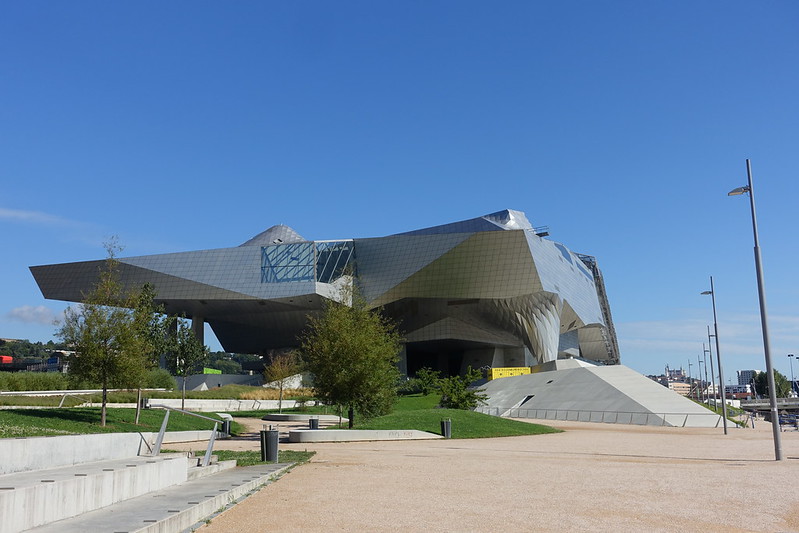
Musée des Confluences in Lyon, France
(cc) Guilhem Vellut / CC BY 2.0
Opera House, Oslo, Norway
The Oslo Opera House, designed by Snøhetta and constructed from 2003 to 2007, is home to the Norwegian National Opera and Ballet, and the national opera theater in Norway. This sleek building sitting on the waterfront is made up of a maze of 1.100 rooms in a total area of 38,500 m2, which makes it the largest cultural building in Norway. Its exterior surfaces are covered with marble from Carrara, Italy and white granite, and because of its sloping roofs, it looks like it rises straight from the water like an iceberg.

The Oslo Opera House
Vienna Secession, Vienna, Austria
Vienna Secession building is a wonderful exhibition house built in 1897, that literally seceded from the artistic practices and customs of the time and opposed the antiquated styles taught at the art academy. The building itself was designed by Joseph Maria Olbrich, who was trying to move towards a more sleek, utilitarian architecture. This is expressed well in the white cube of the building, but it wasn’t left undecorated. Thanks to its intricate gold-leaf cupola, you will be able to spot the Secession building from far away. It is due to that cupola that the Viennese lovingly call the building Krauthappl (cabbage head).
Do you want to learn more about this extraordinary place? Check out our blog post “The Gold-Topped Jewel of Art Noveau – Secession Vienna” and enjoy!

Vienna Secession, or Krauthappl
(cc) Andrew Moore / CC BY-SA 2.0
City of Arts and Sciences, Valencia, Spain
The City of Arts and Sciences (Valencian: Ciutat de les Arts i les Ciències) is a cultural and architectural complex in the city of Valencia, Spain. This amazing complex was designed by Santiago Calatrava and Félix Candela; its construction began in 1996 and it was officially opened in 1998. The City of Arts and Sciences is the most important modern tourist destination in the city of Valencia and one of the 12 Treasures of Spain. It consists of a few unique buildings, including an opera house and cultural center that resembles a huge helmet, a museum of science looking like the skeleton of a whale, and an IMAX theatre and planetarium that stares at you like a giant eye.
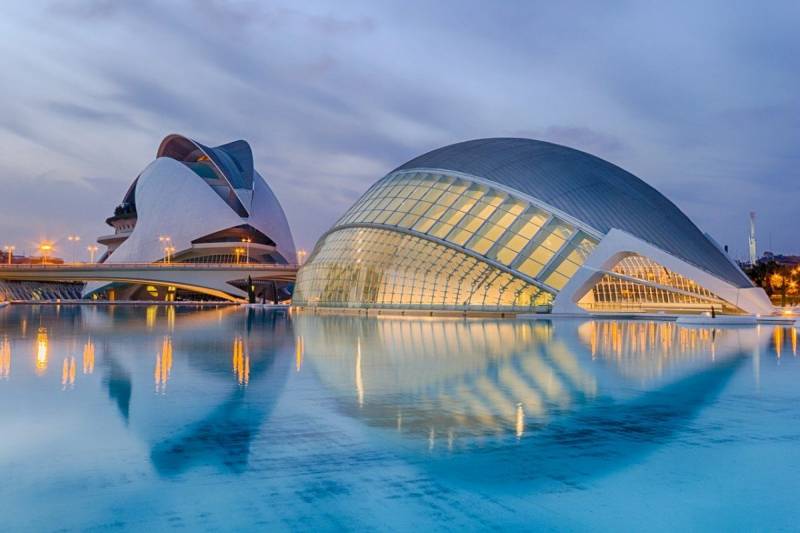
Gorgeous City of Arts and Sciences in Valencia
Dalí Theatre-Museum, Figueres, Spain
Have you ever heard of Figueres, a small coastal Spanish town? It is mostly known for Salvador Dalí, who was born there, and therefore — for his museum. The museum building was designed by Dalí himself, and you can tell that from the first glance at this unusual architectural landmark. This quirky building is decorated with rows of golden bread-like medallions, golden statues, and eggs, and it’s Dalí’s true masterpiece. The interior is designed and set-up in such a way not to present you only his artworks, but also to give you the insights into the world of his imagination.
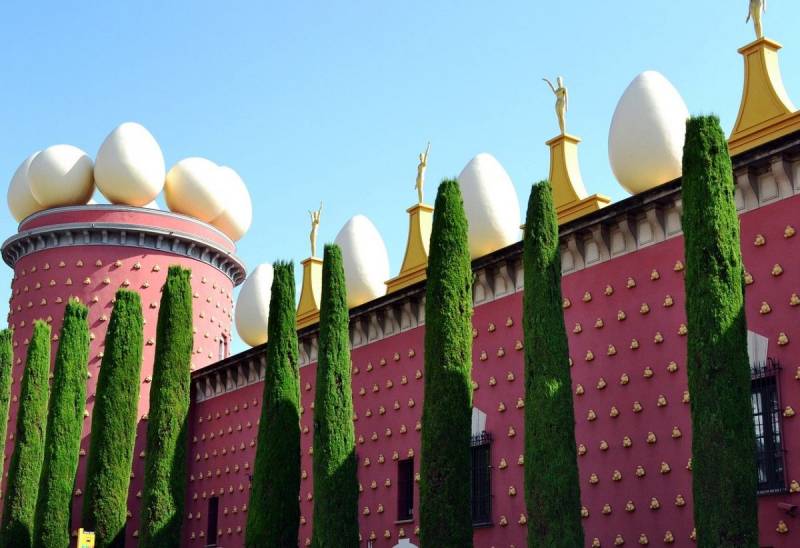
Dalí’s museum in Figueres
Mont Saint Michele, France
Mont Saint-Michel is a village on a tidal island that sits about one kilometer off the French coast in Normandy. Here we won’t talk about one building but about the village in total — it’s just such an amazing architectural landmark. This complex inspired the castle from Disney’s Tangled movie and it really looks like it came straight out of a fairy-tale. On the very top of this island’s hill sits a large Romanesque abbey church, whose history dates back to the year 709. This place of worship is like a cherry on the top of this picturesque French destination, which gives it that special fairy-tale feeling.
We just wrote about this famous destination, so check out the following link to learn more about its history: “8 Interesting Facts About Mont Saint Michel — the Medieval Village on a Rock”
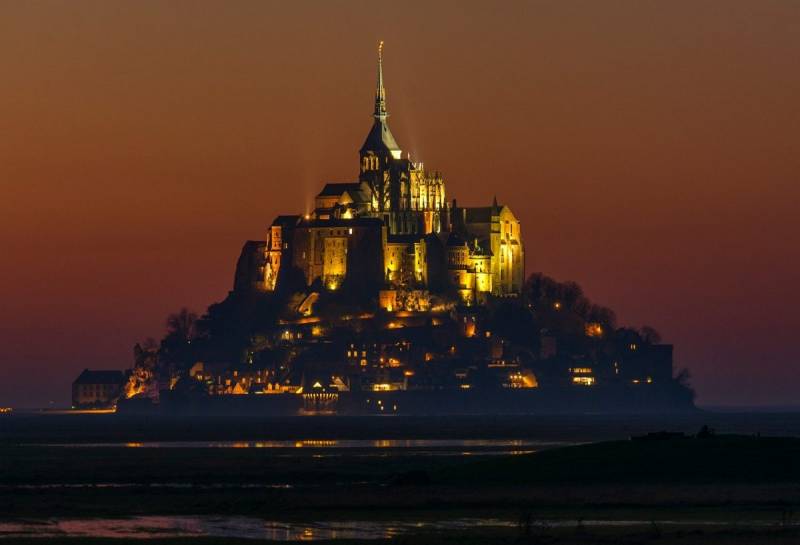
Mont Saint Michel — the French Medieval village on a rock
We hope you enjoy this list of 10 unique buildings in Europe, and in case you missed part one of this blog post, you can check it out on the following link: “10 Most Unique Buildings in Europe”.
Also, check out our previous blog post to learn about our #HelpingWithCulturalPlaces project, and how you can enjoy our digital tours from home while helping the people in need at the same time.

